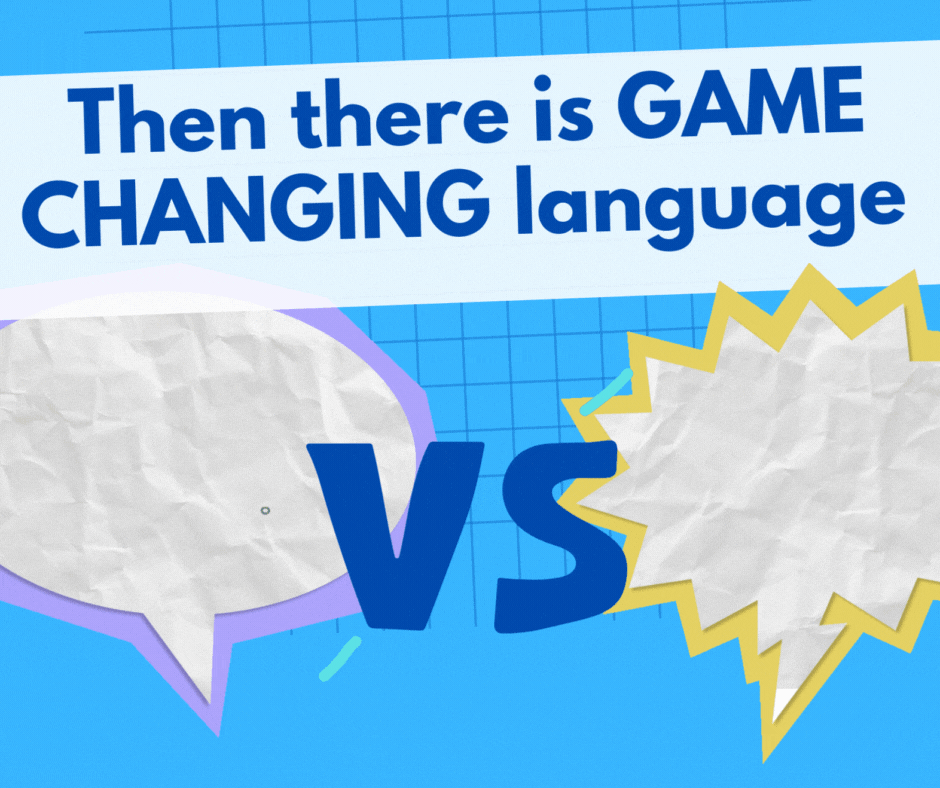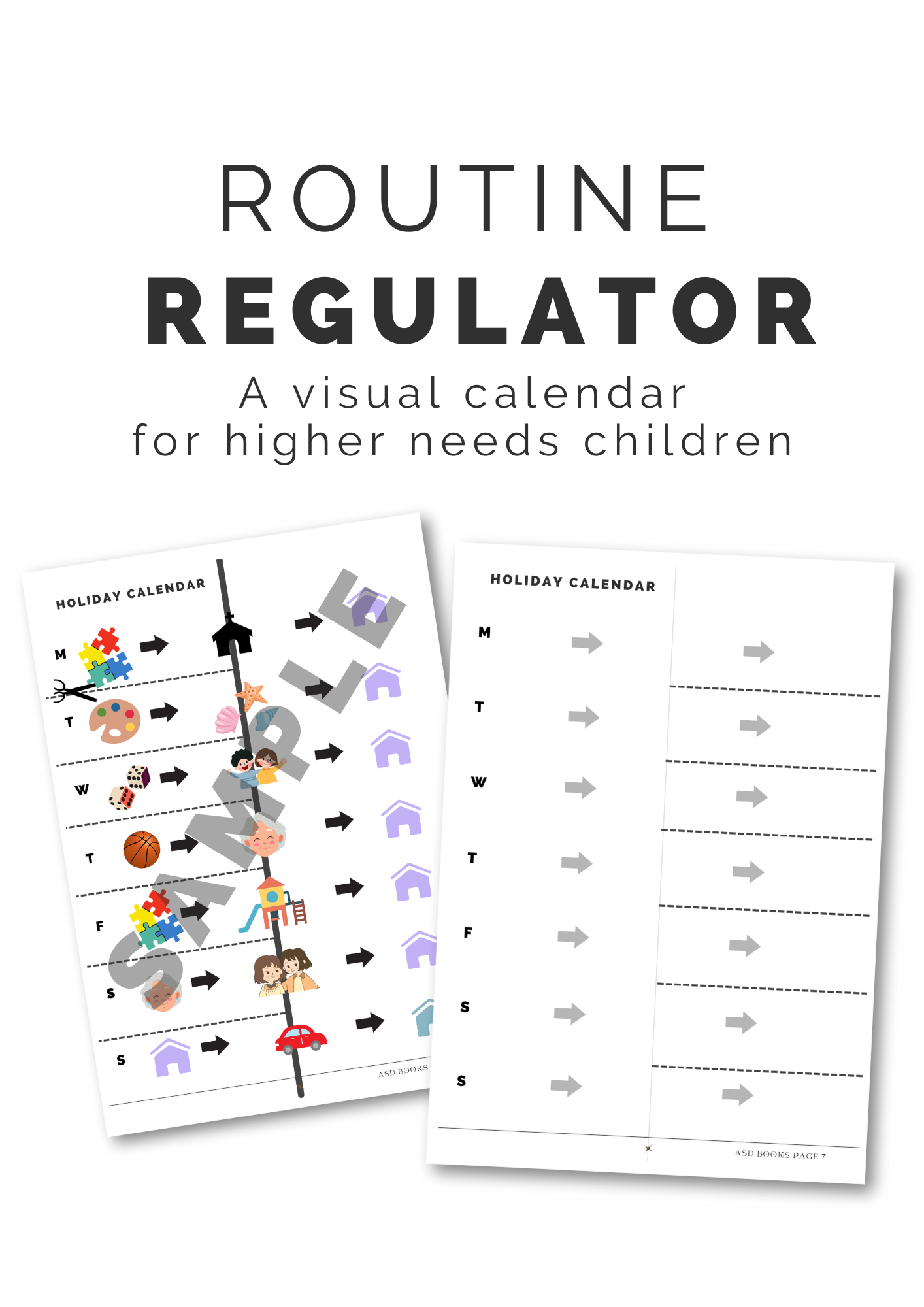What is it that makes language that sounds good differ from the language I promote when writing ASD Books social stories and why does it matter?

Upon meeting with my child’s seasoned special needs teacher the other day – something stood out to me that bugged me and it’s just been niggling on my mind ever since.
Backtracking, the other week I gave them a copy of Gentle Hands to read to my child when she forgot to use her gentle hands during school. During the meeting, the teacher said something along the lines of “We do use positive language we just use safe hands and feet where as you use gentle”. It has been niggling at the back of my mind ever since. Like there is no difference in the outcomes of both of our languages, both gentle hands and safe hands both produce the same results – which is not what has been reported to occur.
Last week when leaving my child, she struggled with transitions and started to kick me and I reframed my language and said “UH, GENTLE feet!” so immediately she stopped kicking me and started to slap-punch me instead to which I found a break and got out of the school gate.
Now why did she immediately stop kicking me upon my simple phrase and yet the seasoned special needs teacher struggles with these issues on going in class? Is it perhaps that gentle hands/feet is more effective than the language they use – safe hands and feet? Let’s explore.
As I have been pondering this scenario, it hit me as to why MY language I choose to use in ASD Books is JUST so VITAL, important, outstanding, and all those other big bragging words and do you know what the difference is?
Safe is not an action.
Gentle IS an action.
Safe is a specific perspective that doesn’t apply to all children. Safe can be broadly applied to a range of scenarios. Applying safe hands is like putting a stop sign on a swing. It just doesn’t gel.
Gentle is an action. Gentle is a physical thing that a body can do. Gentle is tangible. Safe isn’t.
Just like as some describe in an anti-kicking social story and putting the focus on kicking rather than the action you want them to do, safe hands are emphasizing the hands alone, letting the safe part not be tangible.
Gentle is tangible. I can see gentle hands being used everywhere. Yes, you could also describe someone writing as using safe hands, but nothing particularly about the action of writing itself has anything to do with safety, it is important to keep people safe, so does that mean safe hands only apply to when hands are being used with other people?
However, if you apply gentle hands and view a classroom you can see gentle hands everywhere. Gentle hands apply when someone is raising their hand for a question. Gentle hands can be used when picking up a toy. Gentle hands can be seen as friends playing nicely together. But safe hands… safe hands can only really apply to friendly hands when friends are playing.
Now, as a parent I struggle HARDCORE with professionals, always feeling like the inferior person but I recently signed up for an advanced parenting program Hope & Harmony and the coach gives strategies for all sorts, but one topic is advocacy.
She suggests I speak up by telling others what I am seeing and what works for Ruby. So I made a list, kind of a protocol of my child and I plan to hand it to them, however underfunded and overrun they are.
I will also work on being brave speaking up “I can see my child can’t handle that instruction right now” and acting as I know I should rather than adapting my behavior to meet unrealistic expectations.
I mean, I could be wrong about the language thing… but after trying and testing it doesn’t fail – even if it is hard for adults to grasp why language is SO vital for children.
Actions need to be TANGIBLE. Results. Derived from the outcome the child desires or needs to regulate. With, in mind, other people’s safety and security and other impacting issues…
When regulated the child is ready to learn, and becomes teachable. If the child is not progressing in class or at home maybe you need to look at your language and check it’s giving tangible action words for your child to fulfill.
Change is hard, but give it a go even if you just adopt “gentle hands/feet/body”
A little story from tonight about the power of positive language…
While at dinner today my daughter was struggling with being gentle with her siblings, After lots of reminders she came back and reported a boy was shoving her. I watched longer and saw it, he did shove her unprovoked. So I went in there, and got his attention “Hey, it’s important to use gentle hands with my daughter and with all the other kids too”, obviously has his favorite things, I would say he has higher needs too – he hugged his toy bird.
He started saying how my daughter was doing this or that, like pulling his bird, and before that, she got it and threw it (in fairness he was throwing the bird too so it could fly). I explained to him that she also likes birds and has a similar duck toy she loves and she is interested in his toy.
He seemed ok with the conversation and I also pulled up my child and explained that the boy was worried that she might not look after the bird toy and he wanted it to be safe. She was very distracted but seemed to understand. Later on, I saw my daughter try and grab the bird toy, or something happened with her holding it, but the boy didn’t push or shove her this time, and he got it back from her.
A little loving, positive-framed action language can go a long way I suspect, especially if it can also work on other random higher-needs children out in society that we will probably never see again.
